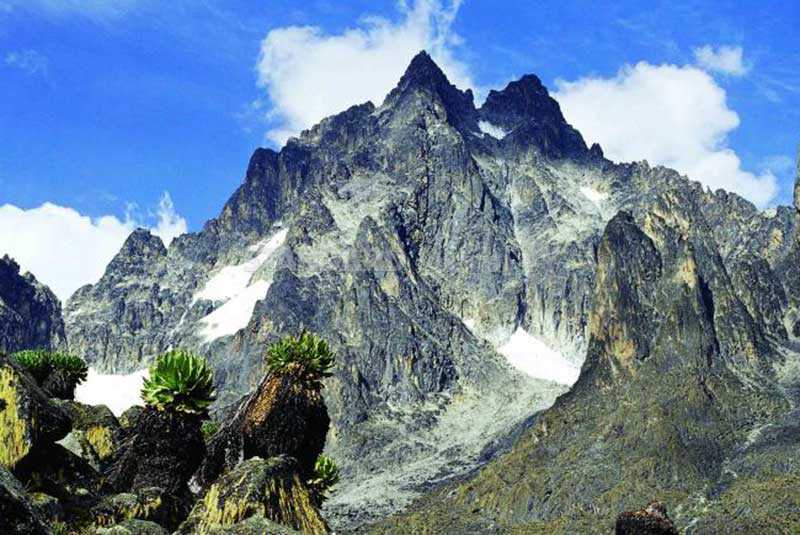×
The Standard e-Paper
Fearless, Trusted News

For years, climate change seemed a distant reality for many Kenyans. Climate change provided fodder for Hollywood writers who never shied off from depicting a cataclysmic event or a dystopian future.
But the drought and famine cycles are becoming more frequent, and worryingly, more devastating, visiting death and suffering to millions of Kenyans. Now, the country is coming to terms with an ill it has helped propagate.